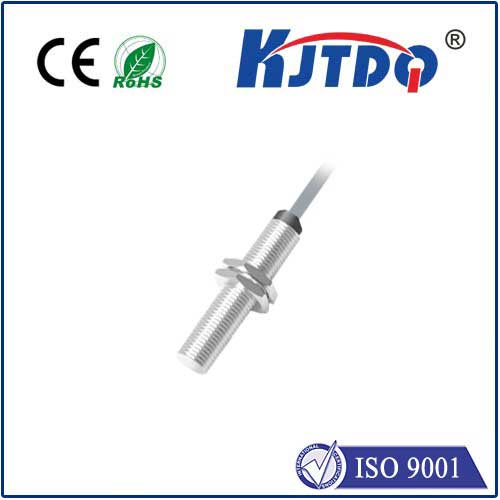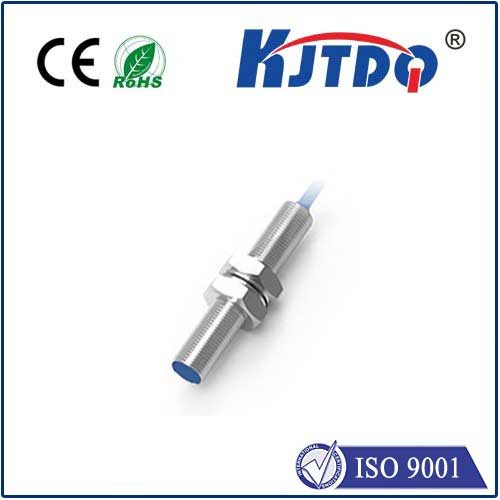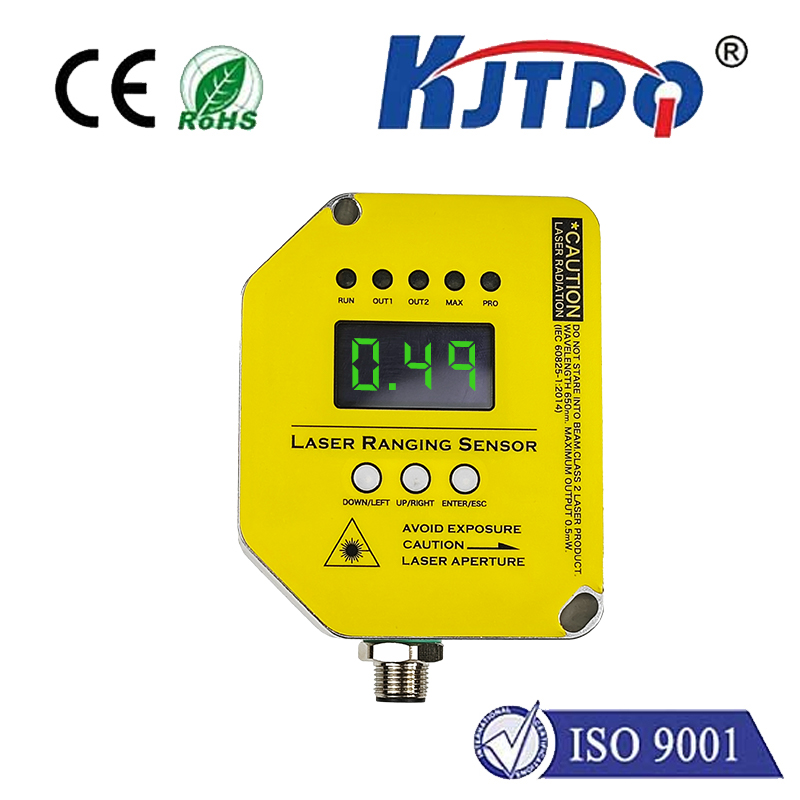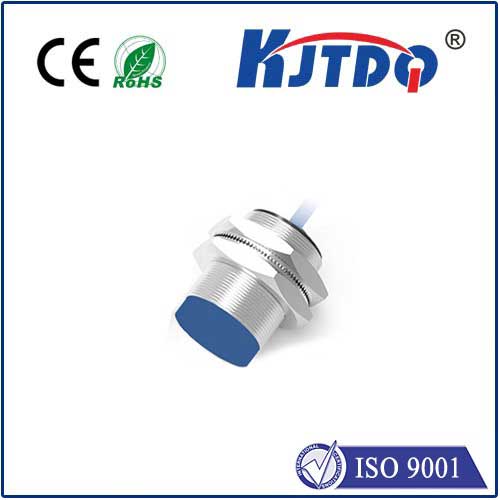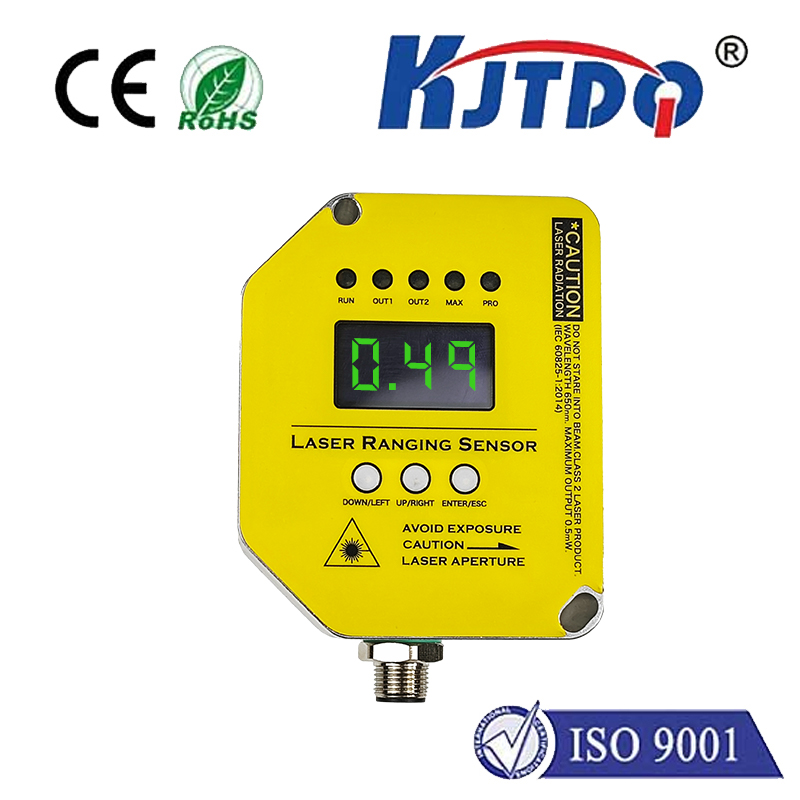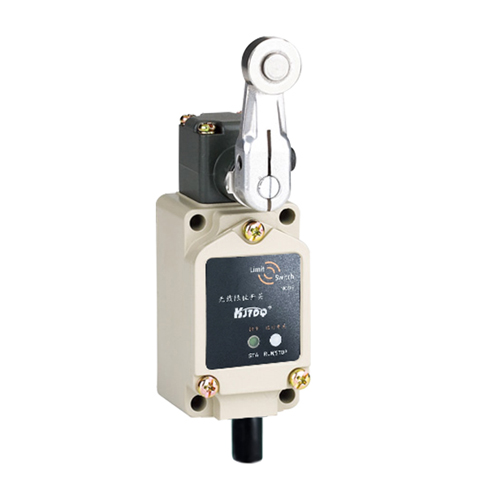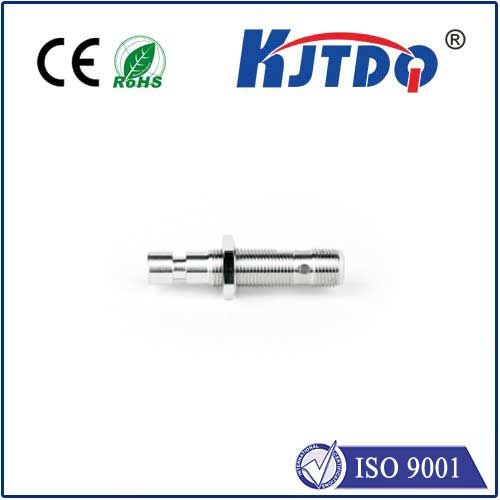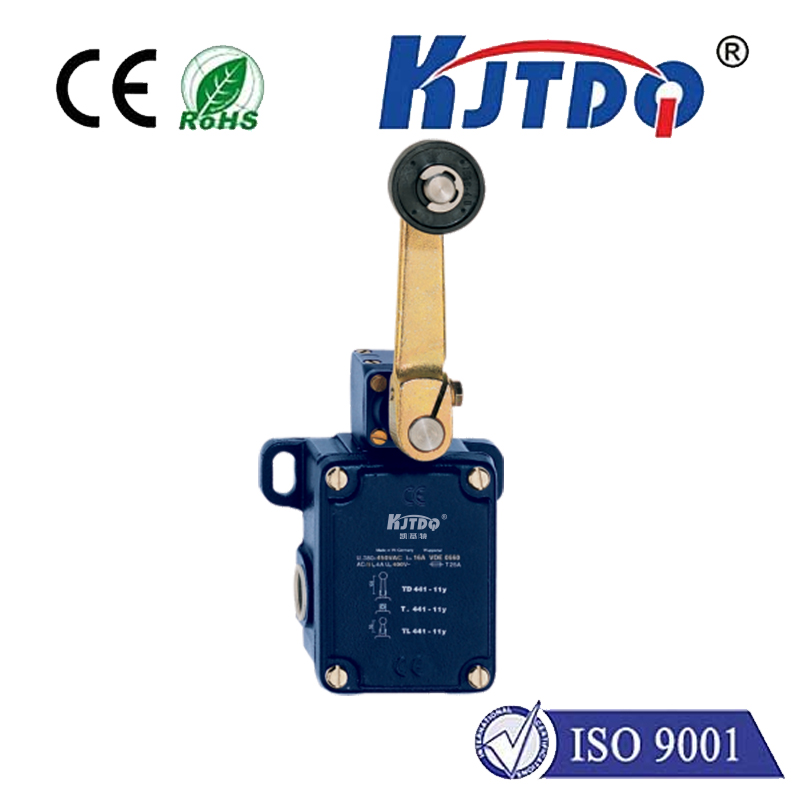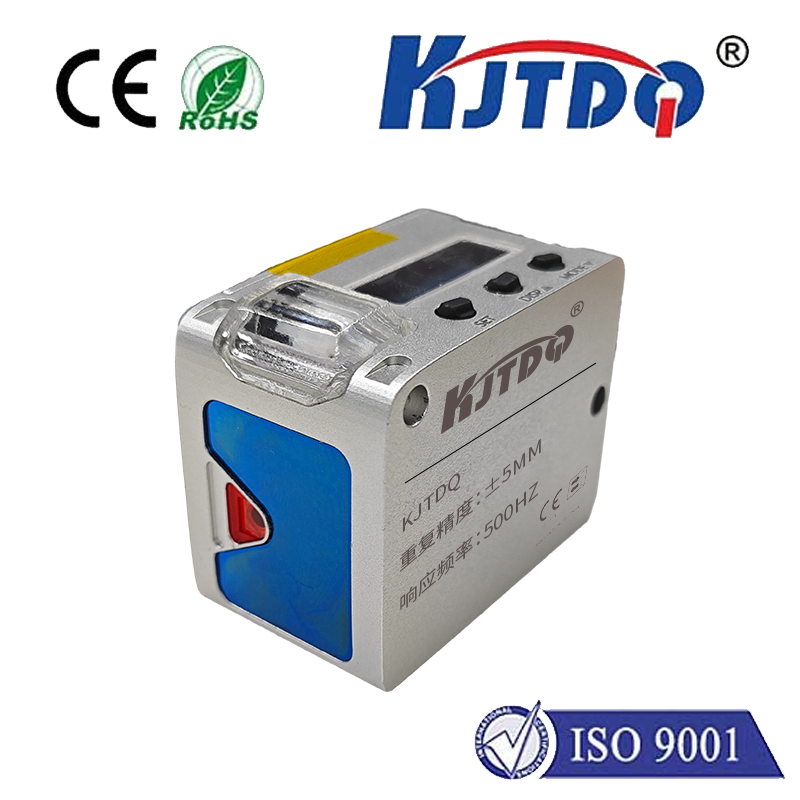E3T-SL11 2M micro photoelectric sensor
- time:2025-09-28 03:28:45
- Click:0
Mastering Miniature Sensing: The Omron E3T-SL11 2M Micro Photoelectric Sensor Revealed
In the intricate world of industrial automation, where millimeters matter and reliability is paramount, the quest for the perfect sensor is never-ending. Enter environments where space is at an absolute premium, targets are minuscule, and consistent detection under demanding conditions is non-negotiable. This is precisely where compact yet powerful solutions like the Omron E3T-SL11 2M Micro Photoelectric Sensor shine, offering a unique blend of diminutive size, substantial sensing range, and robust performance. Understanding this sensor unlocks potential in applications larger devices simply cannot reach.
Demystifying the Photoelectric Principle
At its core, a photoelectric sensor operates by emitting a beam of light (usually infrared, visible red, or laser) and detecting changes when an object interrupts or reflects that beam. The E3T-SL11 2M utilizes this fundamental principle but excels in specific configurations. Its “2M” designation clearly signifies a notable through-beam sensing distance of up to 2 meters. This type of sensor consists of two separate units: a transmitter (E3T-SL11) emitting the light beam, and a receiver (typically a matching unit like the E3T-CL11) positioned opposite. Detection occurs when an object physically blocks the light path between them. This method offers distinct advantages:
- High Accuracy: Excellent for detecting very small objects or precise edges.
- Long Range: Capable of stable detection over significant distances relative to its size.
- Immunity to Target Properties: Less affected by an object’s color, reflectivity, or surface finish compared to diffuse-reflective sensors.
Key Features That Define the E3T-SL11 2M

The “Micro” in its name is not just marketing. The E3T-SL11 boasts an exceptionally compact housing, making it ideal for installations where space constraints are severe. Beyond its size and impressive 2-meter range, this sensor incorporates several critical features:
- Robust Construction: Engineered for demanding factory environments, it typically offers a high Ingress Protection (IP) rating like IP67, safeguarding against dust ingress and temporary water immersion. This durability ensures reliable operation even in harsh conditions common to manufacturing floors.
- Precision Optics: Equipped with high-quality lenses, it ensures a stable, focused beam essential for achieving its maximum 2m sensing distance and reliable detection of tiny objects.
- Reliable Output: Features a stable NPN output configuration (model dependent - verify specific suffix), a common standard easily interfaced with Programmable Logic Controllers (PLCs) and other industrial control systems.
- Easy Installation & Alignment: The compact design, often with convenient mounting brackets or through-holes, combined with a clearly visible beam spot (especially with visible red models), significantly simplifies installation and alignment procedures, saving valuable setup time.
- Environmental Resistance: Designed to withstand typical industrial challenges like vibration, minor impacts, and exposure to cutting fluids or cleaning agents.
Why Choose the E3T-SL11 2M? Unlocking Tangible Benefits
Integrating this specific micro photoelectric sensor delivers significant advantages:
- Space Optimization Supreme: Its tiny footprint is its superpower, enabling installation in locations inaccessible to bulkier sensors – inside compact machinery, on miniature assembly lines, or on tightly packed PCBs.
- Long Reach in Small Package: Achieving reliable detection at distances up to 2 meters with such a small sensor is a remarkable feat, providing flexibility in machine design.
- Enhanced Reliability & Uptime: The through-beam principle combined with robust IP67 construction translates into fewer false detections and higher resistance to environmental factors, minimizing downtime and maintenance headaches.
- Versatility Across Applications: Its combination of size, range, and precision makes it suitable for diverse tasks beyond simple presence/absence detection.
- Cost-Effective Solution: Offering high performance and reliability in a compact form factor often provides a better value proposition than larger, potentially more complex sensors for specific applications.
Applications Where the E3T-SL11 2M Excels
The combination of compact size and a 2-meter sensing range makes this sensor invaluable in numerous scenarios:
- Electronics Manufacturing: Detecting tiny components on high-speed Surface Mount Technology (SMT) lines, verifying PCB presence in loaders/unloaders, checking for microscopic connectors or leads.
- Small Parts Counting & Handling: Accurately counting small screws, springs, pills, or electronic chips on vibratory feeders or conveyors within confined equipment.
- Packaging Machinery: Verifying the presence of small items (blister packs, vials, sachets) inside cartons or trays before sealing, detecting labels on small containers.
- Automated Assembly: Ensuring miniature gears, shafts, or fasteners are correctly positioned before robotic assembly.
- Medical Device Production: Detecting delicate components, verifying syringe plunger position, or checking for the presence of small implants or devices within sterile machinery sections.
- Textile & Light Manufacturing: Monitoring thin threads, detecting small buttons or zipper pulls, verifying the position of tiny mechanisms in consumer goods.
Selecting and Implementing Effectively
To maximize the effectiveness of your E3T-SL11 2M sensors, consider these crucial factors:
- Matching the Receiver: Ensure you pair the E3T-SL11 transmitter with the correct complementary receiver unit (like the E3T-CL11) for through-beam operation. Verify model suffixes for compatibility and output type (NPN/PNP).
- Precise Alignment: Achieving and maintaining perfect alignment between the transmitter and receiver over the 2-meter distance is critical for reliable operation. Use alignment tools if necessary and secure mounting firmly.
- Environmental Considerations: While robust, assess the specific environment – extreme temperatures, heavy splashing beyond IP67 limits, or intense ambient light might necessitate additional shielding or alternative sensor types (like fiber optics with the E3X-DA-S unit).
- Target Characteristics: Although less sensitive than diffuse sensors, consider the smallest object you need to detect and ensure it reliably interrupts the beam. For very small or transparent objects, laser models or specialized variants might be explored.
- Wiring & Power: Adhere strictly to the manufacturer’s specifications for power supply requirements and wiring connections to prevent damage and ensure optimal performance. The NPN output requires correct sinking/sourcing configuration in your control system.
The Omron E3T-SL11 2M Micro Photoelectric Sensor stands as a testament to engineering ingenuity, proving that significant power can reside within a remarkably small package. Its ability to deliver dependable, long-range detection in the tightest spaces makes it an indispensable tool for engineers and designers pushing the boundaries of miniaturization and precision in modern automation. When challenging environments demand a sensor that won’t compromise on range, reliability, or size, this micro powerhouse consistently rises to the occasion, enabling smarter, more efficient, and more compact machinery across countless industries.












